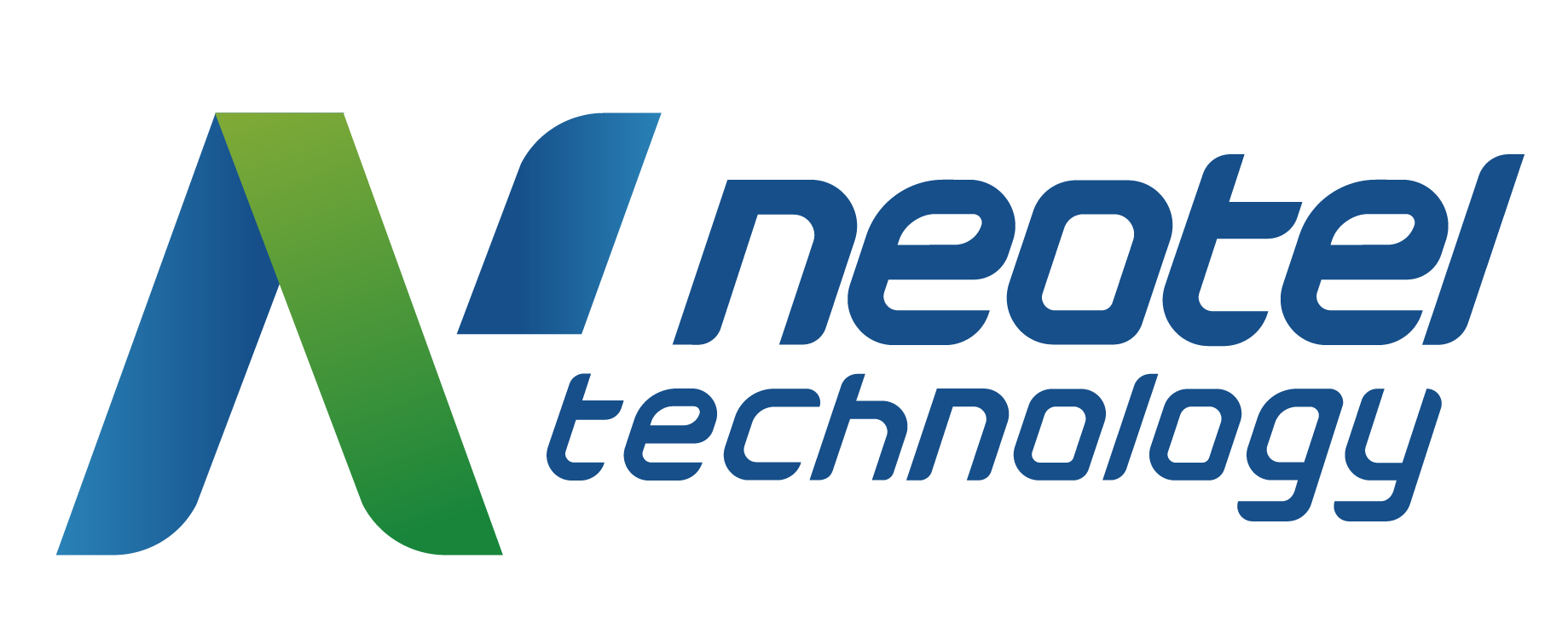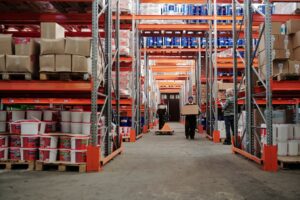On Premises, also known as on-premises or on-prem, is a type of licensed software that is independently hosted on a private server physically at the client’s location. It is the alternative to Software-as-a-Service, which is based on cloud computing.
KEY TAKEAWAYS
On premises (or “on-prem”) is installed software “on” the customer’s “premises”
Opposite of cloud-based SaaS
Your IT infrastructure is an extension of your on premises software model
Examples of On Premises
There are 2 types of on premises tools:
Software
On-prem software is an application that has been installed and operates on a physical server on the client’s premises. As opposed to a pay-as-you-go system like SaaS, the license is downloaded onto the physical server and thus can be accessed without an internet connection. An example of on premises software is Microsoft Office Suite.
Hardware
On-prem hardware is really just a fancy way of describing the tools that are physically present, like machinery. In an IT environment, an example of on premises hardware is a hard drive in a server room. There is usually some aspect of on premises IT hardware in any organization or business.
On Premises vs Cloud (SaaS) Software
There are drawbacks and benefits of both types of software, on premises and cloud-based applications. Additionally, the right package for one company may look entirely different from another company’s software solution. Keep this in mind when reading about the benefits and negative aspects of these options, as you know your own business’ needs best.
For example, a law firm may only need the basic Microsoft Office suite to operate, since the majority of the work being done is correspondence, which relies upon documents and email applications that don’t need to be constantly updated in real time. (Can you even remember the last time you’ve had to update Microsoft Word or are we all still using the 2010 version??)
For a counter-example, consider a raw materials supplier, who needs to calculate the costs of distribution according to supply and real-time challenges.
Benefits of On Premises Software
No third-party access to your company’s data, which is good for ensuring privacy
Full administrational control over applications’ usage
Full customization of applications without interference from the supplier or unexpected automatic updates
Negatives of On Premises Software
Responsible for inhouse maintenance and any future add-ons or updates
Must create own (or outsource) APIs
Potentially missing out on the full power of a software’s applications because of the lack of expert users at the beginning
Benefits of SaaS
Pay-as-you-go and only for as much space or processing power as needed
Instantly scalable and interoperable with other systems (no need to build complicated APIs)
Independent of location, so employees can access data and files from anywhere if desired
Negatives of SaaS
Shifting subscription models may increase short-term costs
May cause confusion if too many changes are made between software platforms as a company is shopping
Cybersecurity concerns, seeing as the data is stored via the cloud
It is also entirely possible that a company will utilize both on premises and cloud software in their operations, or choose a type of hybrid model, where some applications (like those controlling physical machinery) are on premises and other applications (something innocuous like email) are available offsite. For example, VKS work instruction software has versions that can be run as fully connected SaaS platforms as well as versions that are on premises; the client is thus able to customize their tools.
On Premises Software Requirements
Don’t forget – your IT & admin infrastructure is an extension of your on premises abilities.
In other words, your on premises software is your responsibility to maintain, not the supplier’s. If it is being underutilized due to infrastructural challenges like non-compatibility with other systems or IT staffing shortages, then its benefits will greatly decrease.
Think about it this way: if you buy Microsoft Office 2010 (I know, I know, I need to upgrade one of these days), and you use it for many years, you can’t suddenly call up Microsoft and demand that they “update” it to the latest version. First, the newest version is not written into the code that was originally downloaded, so it would be impossible. Second, it’s an entirely different product, with completely different specifications, even if it serves the exact same purpose as the former version.
One way to fix this is to build the foundations of your IT department before incorporating any costly hardware or software changes.
Another is to, in such a case, stick with a SaaS solution due to the added administrational support provided by the supplier. An additional benefit of this option is that, upon building your company’s internal structure, you find that the software no longer addresses your needs, you can experiment with other platforms.
Regardless, it’s beneficial to recognize the differences between on premises and cloud applications as a beginning of a thorough understanding of IoT devices, a key Smart Factory toolset for today’s manufacturers.



